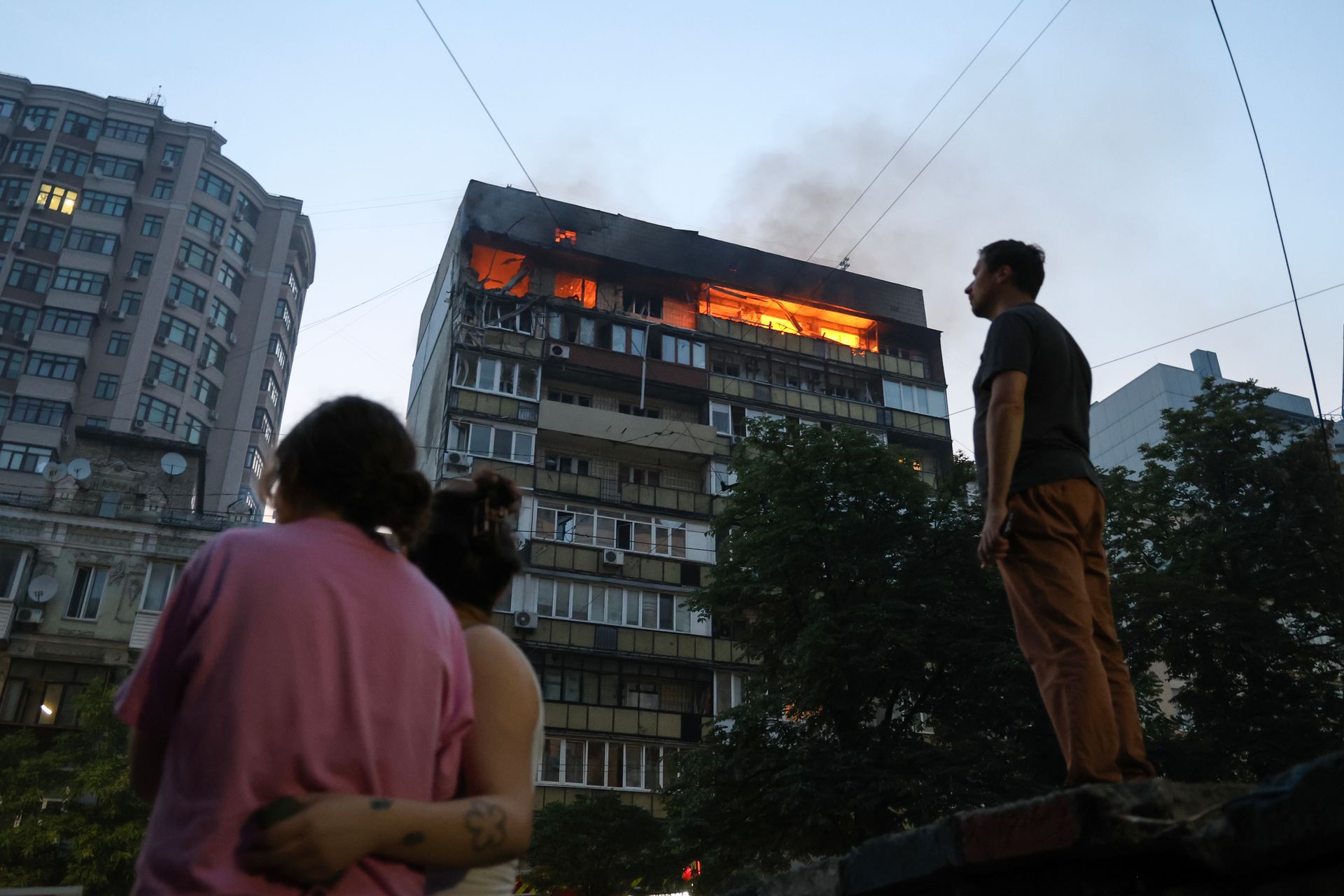Explosions, smoke reported near Russian-occupied Zaporizhzhia nuclear plant

Explosions and smoke were observed today by the International Atomic Energy Agency (IAEA) team at Ukraine’s Zaporizhzhia Nuclear Power Plant, stemming from a nearby auxiliary facility that the plant reported was under attack.
The Zaporizhzhia plant, the largest nuclear facility in Europe and one of the 10 largest globally, has been under Russian occupation since March 2022.
The IAEA team heard the blasts and saw smoke coming from the direction of the facility, according to Director General Rafael Mariano Grossi. The plant's staff informed the team that the auxiliary site was struck by shelling and drones starting around 9 a.m. local time, coinciding with military activity audible to the IAEA personnel.

Smoke from the targeted area remained visible to the team into the afternoon, despite the facility being located 1,200 meters from the plant's site perimeter. The incident is the latest in a string of recent events highlighting the persistent nuclear safety risks stemming from Russia’s war against Ukraine.
“Any attack in the vicinity of a nuclear power plant – regardless of the intended target – poses potential risks also for nuclear safety and must be avoided,” Grossi said. "Once again, I call for maximum military restraint near nuclear facilities to prevent the continued risk of a nuclear accident."
Meanwhile, Russia also appears to be constructing power lines in occupied southern Ukraine, a move that could link the Zaporizhzhia plant to Russia's energy grid, the New York Times reported on May 27, citing a new Greenpeace report.
Satellite imagery featured in the Greenpeace report indicates that since early February 2025, Russian forces have laid over 80 kilometers (49 miles) of high-voltage lines along the Sea of Azov coastline, connecting occupied Mariupol and Berdyansk.
Experts from Greenpeace believe this construction aims to connect these new lines to a major substation near Mariupol, which could then be linked to the Zaporizhzhia plant, located approximately 225 kilometers (139 miles) away.












